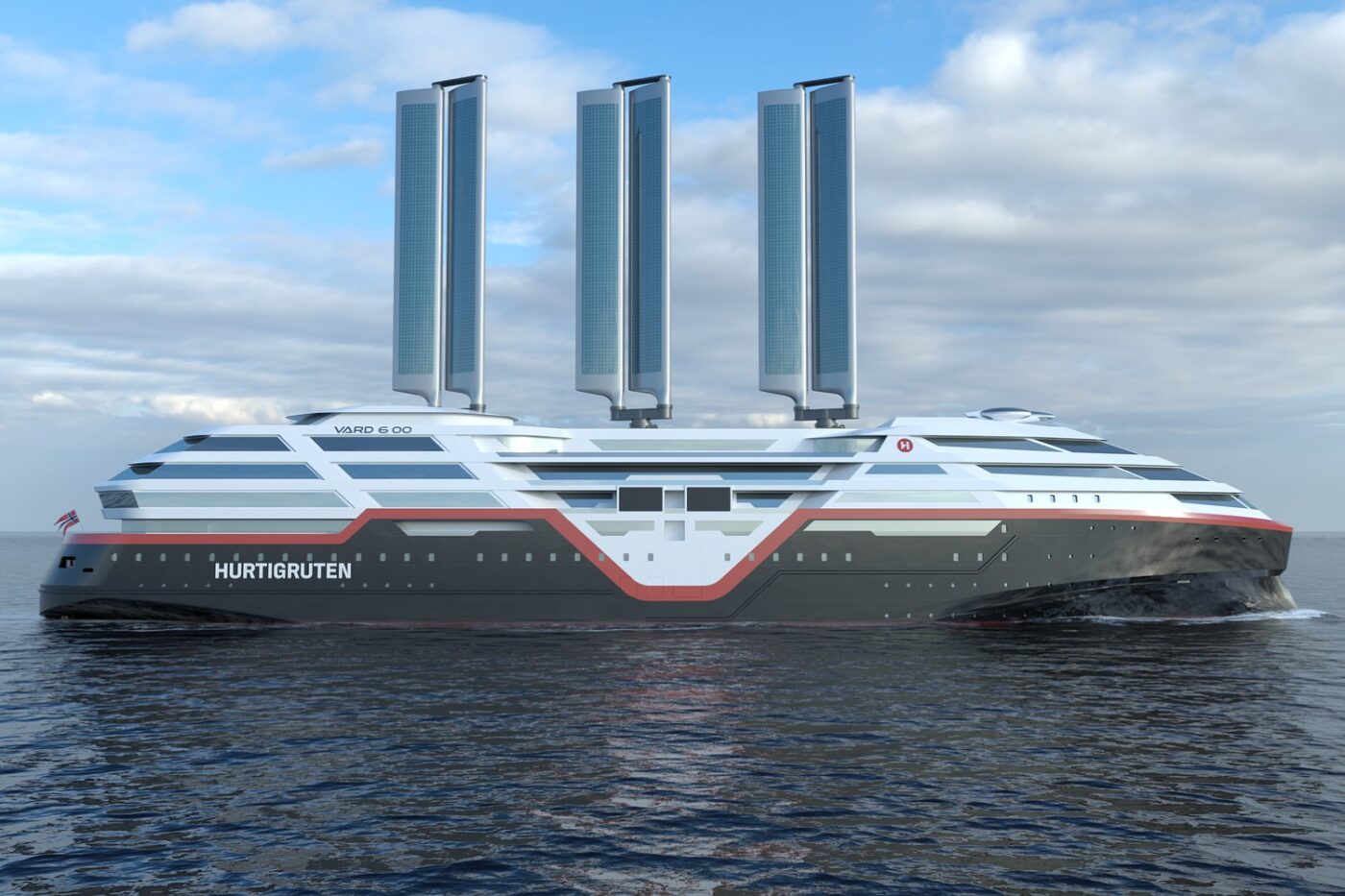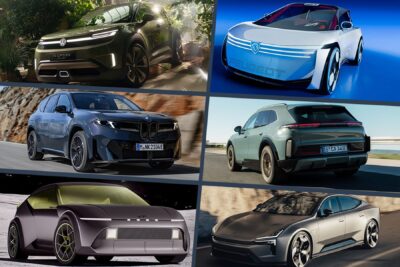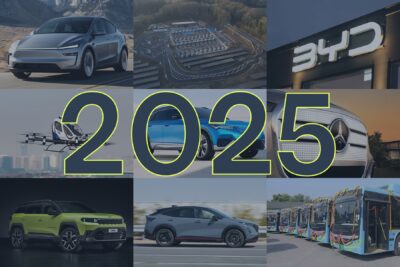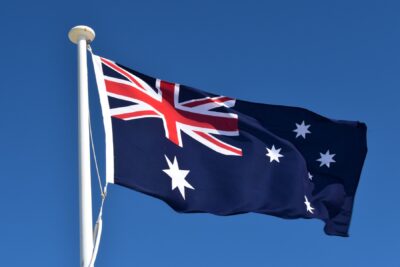Hurtigruten updates plans for zero-emission cruise ship
Hurtigruten first announced its Sea Zero project in October 2022 and unveiled the first renderings of its future zero-emission cruise ship in summer 2023, which is due to debut in 2030. The company has refined its research and development work in recent months and is now presenting a second version of renderings – including some new data.
The company is working in close collaboration with partners from the Norwegian industry. The partners’ vision is that the new Hurtigruten ship will sail completely emission-free in normal operation with the help of large batteries, sails and other innovations, with energy consumption generally reduced by 40 to 50 per cent compared to current cruise ships. It has been publicised since last year that the Sea Zero ship will be 135 metres long and have 270 cabins for 500 guests and 99 crew members.
One of the key innovations on board will be sails that can be raised and lowered as required. Preliminary estimates by experts suggest that the sails could reduce energy consumption by around 10 per cent. In addition, solar panels attached to the sails are expected to bring further energy savings of 2 to 3 per cent. The sails look different in the new renderings than in summer 2023: “We have also changed the sail type to a more mature design already in use on cargo ships,” said Chief Operating Officer Gerry Larsson-Fedde of Hurtigruten. The type of sail being investigated is called OceanWings. Developed in France, these sails will already be used on the cargo ship Canopée.
The cruiser will also get a 60 MWh battery and counter-rotating propellers as the primary propulsion system – flanked by two retractable bow thrusters at the stern for better manoeuvrability in port operations. Another innovation mentioned by the initiators is the so-called air lubrication of the hull, in which air bubbles are pumped under the hull to reduce drag. This approach should lead to energy savings of 5 to 10 per cent. Also in the pipeline are a modern hull design and a special paint to reduce water resistance, as well as smart energy management (including in the cabins) and improved ventilation and insulation systems.
“The cruising industry is a significant polluter, and it is crucial that we now take major steps to reduce emissions,” says Hedda Felin, CEO of Hurtigruten. “Our goal is to have an emission-free ship in operation by around 2030. We are still in the research and development phase, but we have made significant progress.”
Hurtigruten Norway wants to convert its entire fleet to zero-emission ships long-term. According to the company, it is currently pushing ahead with a EUR 100 million modernisation of its fleet, during which several ships will be converted to battery operation and “state-of-the-art technology that will significantly reduce both CO2 and Nitrogen oxides (NOx) emissions by 25% and 80%, respectively.”





1 Comment